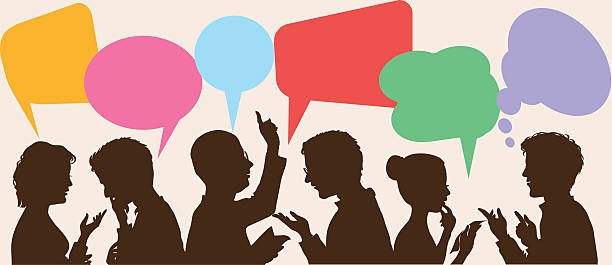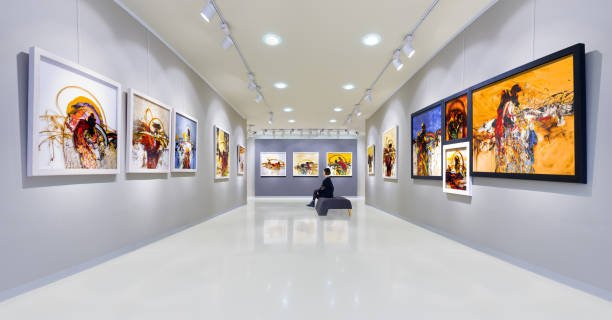How do different environments in a person’s life interact and influence their development? What happens when these worlds collide and communicate?
Mesosystem, a term introduced by the developmental psychologist Urie Bronfenbrenner, provides valuable insights into these intriguing questions. Bronfenbrenner’s ecological systems theory suggests that an individual’s development is influenced by a series of interconnected environmental systems. Among these, the mesosystem holds a unique place.
Mesosystem, the Interaction Between Two or More Microsystems in a Person’s Life
The mesosystem, as conceptualised within Urie Bronfenbrenner’s ecological systems theory, refers to the interactions between two or more microsystems in a person’s life. A microsystem pertains to an individual’s immediate environments, such as family, school, peer groups, and the workplace. When these individual microsystems interact, communicate, and influence each other, they collectively form the mesosystem. Essentially, the mesosystem captures the dynamics and interplay between various immediate environments, emphasizing the interconnected nature of an individual’s developmental contexts.
The Mesosystem: An Interaction Between Systems
At its essence, the mesosystem is about connections. It refers to the interactions between two or more of an individual’s microsystems. The microsystem, another component of Bronfenbrenner’s theory, pertains to the immediate environments an individual interacts with, such as home, school, peer group, or workplace. When these microsystems come into contact and influence one another, they form the mesosystem.
Examples of Mesosystem Interactions:
- Parent-Teacher Interactions: When parents attend school meetings or engage with teachers, they’re not only influencing their child’s home environment (a microsystem) but also their school environment (another microsystem). This interaction between home and school is a classic example of the mesosystem in action.
- Peer Influence on Family: If an individual’s friend group (a microsystem) values academic excellence, it might prompt conversations or changes within the family microsystem regarding study habits, extracurriculars, or future planning.
- Workplace and Family: An individual’s experiences at work (one microsystem) can undoubtedly influence their dynamics at home (another microsystem). For instance, a promotion or job-related stress can lead to changes in family interactions and routines.
- Community Involvement and School: Participation in community activities or local organisations can impact how an individual or their family engages with their school or educational institutions.
Why is the Mesosystem Important?
Recognising and understanding the mesosystem is vital because these interactions amplify the impact on an individual’s development. It’s not just about the isolated influence of home, school, or peer group but how these environments interact, shape, and influence one another.
In Conclusion
The mesosystem, as conceptualised by Bronfenbrenner, shines a light on the intricate web of interactions that influence an individual’s growth and development. It serves as a reminder that development doesn’t occur in isolation but is a product of interconnected influences. As we strive to understand human development better, the mesosystem challenges us to consider: How can we optimise these interactions for positive developmental outcomes?






